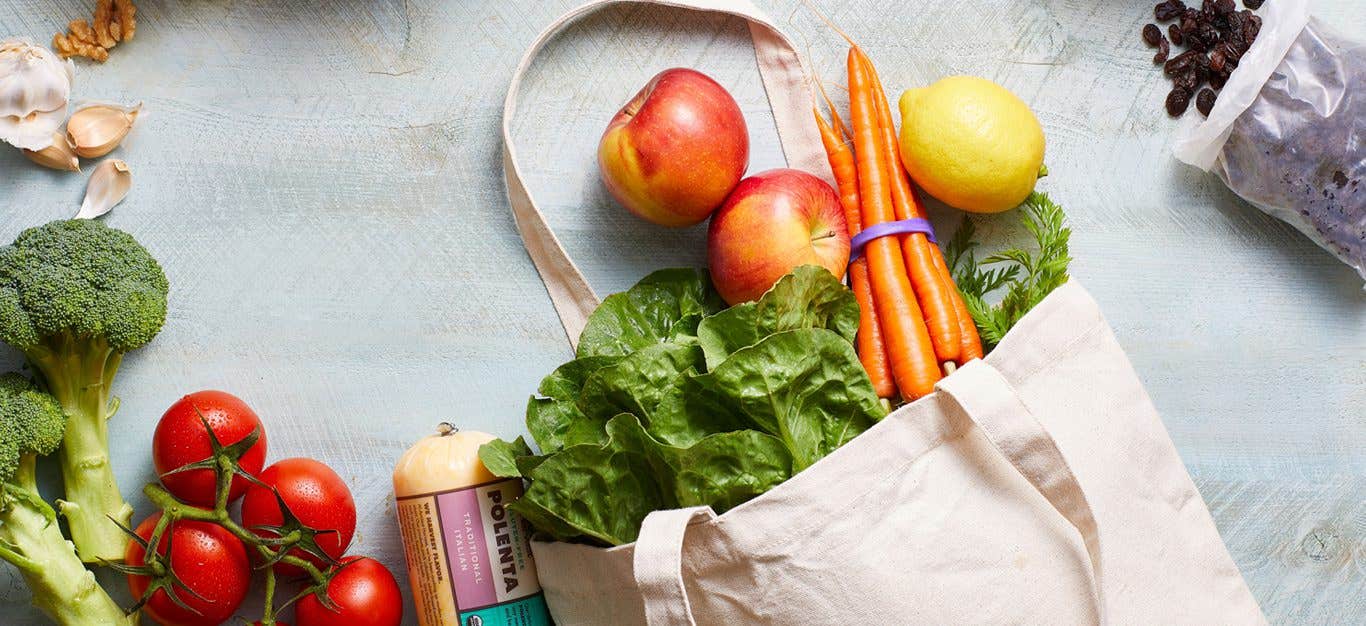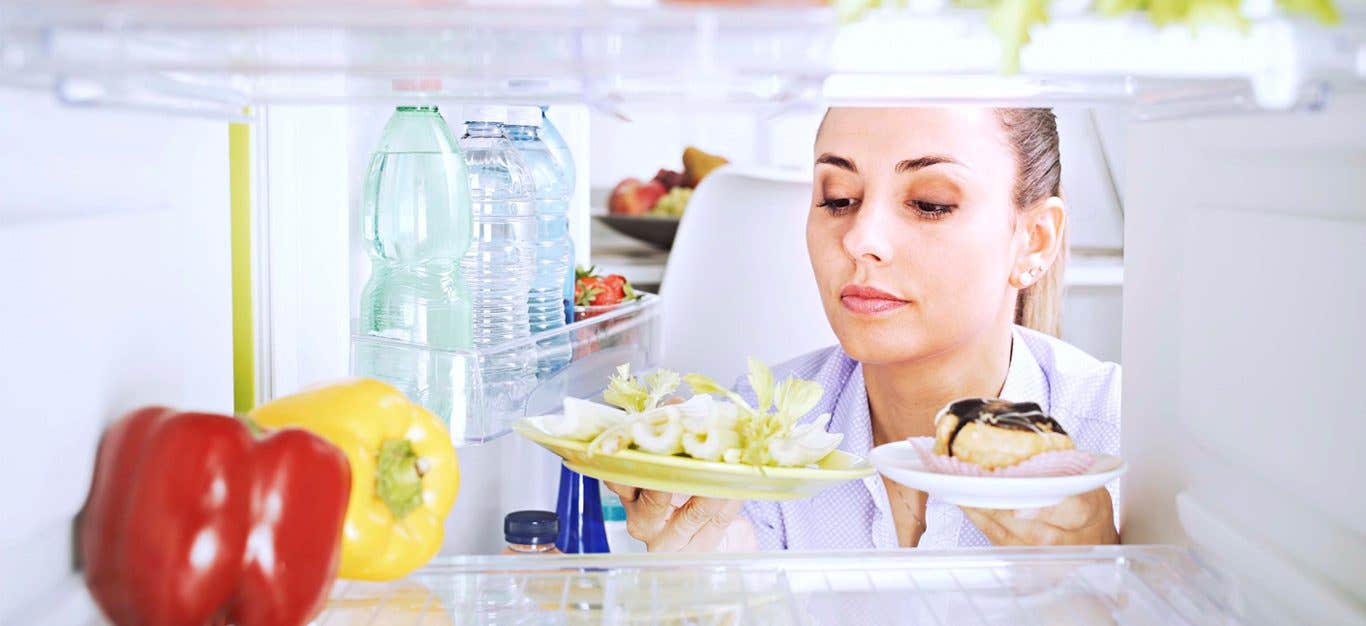Edible flowers are an easy finishing touch that can turn a standard salad into a work of art. Unfortunately, the high price of store-bought blooms may discourage home cooks from utilizing these beautiful embellishments. But here’s the secret: You can grow your own! FOK spoke with Cassie Winslow, recipe creator and author of Floral Provisions, to get her best advice on planting and using edible flowers.
“Beautiful flowers start with gorgeous soil,” Winslow advises. “Get a quality planting mix from your local garden center, because if you start with good soil, you’re more likely to get great-tasting flowers.”
Winslow emphasizes the importance of working with blooms that are free from pesticides and other harsh chemicals. Sowing flowers from seeds is the easiest way to do that, since even organically grown starter plants are typically exposed to some level of pesticides.
Indoors or Out?
When deciding on which flowers to plant, Winslow says that your growing zone—that is, the climate you live in—can majorly impact the types of blossoms that will thrive. Before planting flowers outdoors, look up whether your desired plants are well suited to your area.
“Generally, lavender, chamomile, and rose geranium are easy to grow and aren’t very finicky,” Winslow says. “Borage, nasturtium, and blooms from your standard cooking herbs are also easy to grow.”
Tight on outdoor garden space? Edible flowers can still flourish inside. Apart from adding color to your kitchen, planting indoors can be a smart move for anyone living in a colder climate.
“Be sure to plant indoor flowers in a well-draining container and keep them in a sunny spot in your home,” Winslow recommends.
Tasting Notes
Before you start growing your own blooms, it’s a good idea to get familiar with their flavor profiles so you know which ones you’ll want to plant. Here’s a quick rundown of the tasting notes of some of the most common edible flowers:
- Nasturtium: Slightly peppery and spicy
- Pansy: Neutral taste
- Lavender: Floral with a hint of rosemary
- Rose: Mildly fruity and floral
- Hibiscus: Tangy cranberry
- Chamomile: Mild apple, honey, and hay
- Dandelion: Tangy and honey-like
- Marigold: Citrusy and peppery
- Elderflower: Mildly fruity and sweet
How to Pick (and Prep) ’em
Knowing when to harvest your petals is key to ensuring the most delicious results. The best time of day to pick outdoor flowers is in the morning before the sun gets high and sucks moisture out of the blooms. Because indoor flowers grow in a more controlled environment, you can harvest them any time of day. And whether you’re growing blooms inside or out, be sure to pick them frequently to encourage rapid growth so you always have fresh petals available to use in your cooking.
Cleaning Edible Flowers
To clean sturdier flowers (such as roses or marigolds), a quick dunk in room temperature water will remove any dirt or small insects that might be hiding in the petals. Set them to dry on clean paper towels before incorporating them into your meals. For daintier blooms (such as pansies or nasturtium), gently wipe them with a damp cloth and store in the fridge. It’s best to harvest flowers right before use because their fragile structures don’t hold up well once picked, and refrigeration makes them susceptible to mold.
In addition to a standard rinse, be sure to remove pollen-heavy stamens and pistils to prevent allergies from flaring up as you eat. (This applies to flowers such as hibiscus, squash blossoms, honeysuckle, lilies, and nasturtiums.) It’s also important to remove any stems or green leaves at the base of the petals to protect against a bitter, vegetal flavor overpowering the tasty petals.
Stop and Eat the Roses: How to Incorporate Edible Flowers into Your Cooking
“Most of the time when cooking with edible flowers a little goes a long way,” Winslow advises. “Taste the flower before you use it so you know how strong the flavor is.”
The delicate flavors of edible flowers are showcased best when used as garnishes for cool, light meals or incorporated into baked goods. Use them in dishes that don’t contain heavy, hot, or saucy components that could wilt the petals and steal the spotlight from their subtle fragrance.
Here are some easy ideas to incorporate edible flowers into your cooking:
- Add nasturtium, basil blossoms, or dandelions as a garnish to a green salad.
- Decorate chilled gazpacho with chive blossoms or squash blossoms.
- Top a cake with an assortment of fresh flowers such as roses, elderflowers, or marigolds.
- Pack fresh pansies into spring rolls so their petals are visible through the rice paper wrappers.
Hiding in Plain Sight?
If you have a garden, you may already have edible blossoms without realizing it! Most herb and veggie blossoms taste like a milder version of whatever plant they come from and are a great addition to sweet and savory dishes alike. Be sure to keep an eye out for the delicious blooms of these plants:
- Chives
- Basil
- Zucchini/Squash
- Arugula
- Oregano
- Rosemary
- Sage
Growing edible flowers at home is a colorful and cost-efficient way to ensure you always have a gorgeous garnish to top off a delicious dish. A whole new world of culinary possibilities is at your fingertips once you know how to harness the power of petals—so get started!
Learn more eco-friendly culinary skills and become a plant-based home chef in 90 days with the Forks Over Knives Cooking Course!

Related News
Get Our Best Price On The Forks Meal Planner

Forks Meal Planner takes the guess work out of making nutritious meals the whole family will enjoy.
SAVE $200 ON OUR ULTIMATE COURSE

Join our best-selling course at a new lower price!



